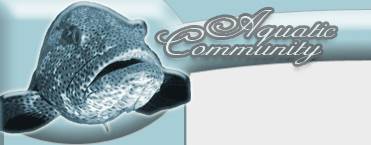Egyptian Tortoise
 By: Johan
By: Johan 
Egyptian tortoise name
The sicentific name for the Egyptian tortoise is Testudo kleinmanni. Since the Egyptian tortoise is the smallest of all tortoise species in the northern hemisphere it is sometimes referred to as the Egyptian dwarf tortoise.Two other commonly used names for this species are Kleinmann’s tortoise and Tortuga de Plastrón articulado.
Egyptian tortoise range and habitat
The Egyptian tortoise range used to run along the Mediterranean coast and proceed from north-eastern Libya to the Western Desert and the northern Egyptian mainland coast. Along the Mediterranean strip, populations could be found up to 120 kilometres towards the inland. Separated populations still lives on the Cyrenaican Peninsula and in Tripolitania.
Today, the tortoises living east of the Nile delta in Egypt and in Israel have been recognized as a separate species. The Egyptian tortoise range has therefore become considerably smaller due to taxonomic reasons. The eastern tortoises are called Testudo werneri.
The Egyptian tortoise can survive in really dry habitats. Its native habitat is actually one of the very driest habitats where you can find any tortoises species. Some parts of the Egyptian tortoise range annually receive less than 50 millimetres of rain. This species is however not only found in desert environments, it inhabits semi-deserts and scrub forest habitats too.
Egyptian tortoise description
The Egyptian tortoise is the smallest species of tortoise in the northern hemisphere and its diminutive size is probably an adaptation to the desert environments in which it is found. In habitats with hot days and chilly nights, a small body that rapidly becomes warm each morning is an advantage for a cold blooded animal. The pale yellow colouration displayed by the Egyptian tortoise is a way of reducing the amount of heat energy absorbed from the strong sun. A dark coloured tortoise would become much hotter if placed in a desert environment.
Egyptian tortoise habits
The Egyptian tortoise is an herbivore species that eats rough grasses, desert herbs and fruit. They are more active during the mild warm periods of the year, and become less active during the comparatively cold winter season and the really hot summer months. During the winter season, their activities are usually centred on midday. During the hottest months, the opposite is true – the tortoise will only be active during morning and late afternoon and spend the height of the day hiding in a shady spot.
Egyptian tortoise reproduction
The Egyptian tortoises mate during early spring when the cold winter season gives way to milder temperatures. You can tell males apart from females by looking at the tails and the size of the body. Female Egyptian tortoises have shorter tails and their bodies are larger in size. The males produce a special chirrup sound as a part of their mating behaviour. After mating, the female Egyptian tortoise will deposit up to five eggs. She will usually place them in a burrow or sandy depression under a bush. During late summer or early autumn the eggs will hatch. Young Egyptian tortoises do not become mature until they are five years old. The first report of successful captive hatching outside the natural Egyptian tortoise range comes from the Jersey Zoo and dates back to 1991.
Egyptian Tortoise Articles:
Egyptian Dwarf TortoiseEgyptian Tortoise Care
